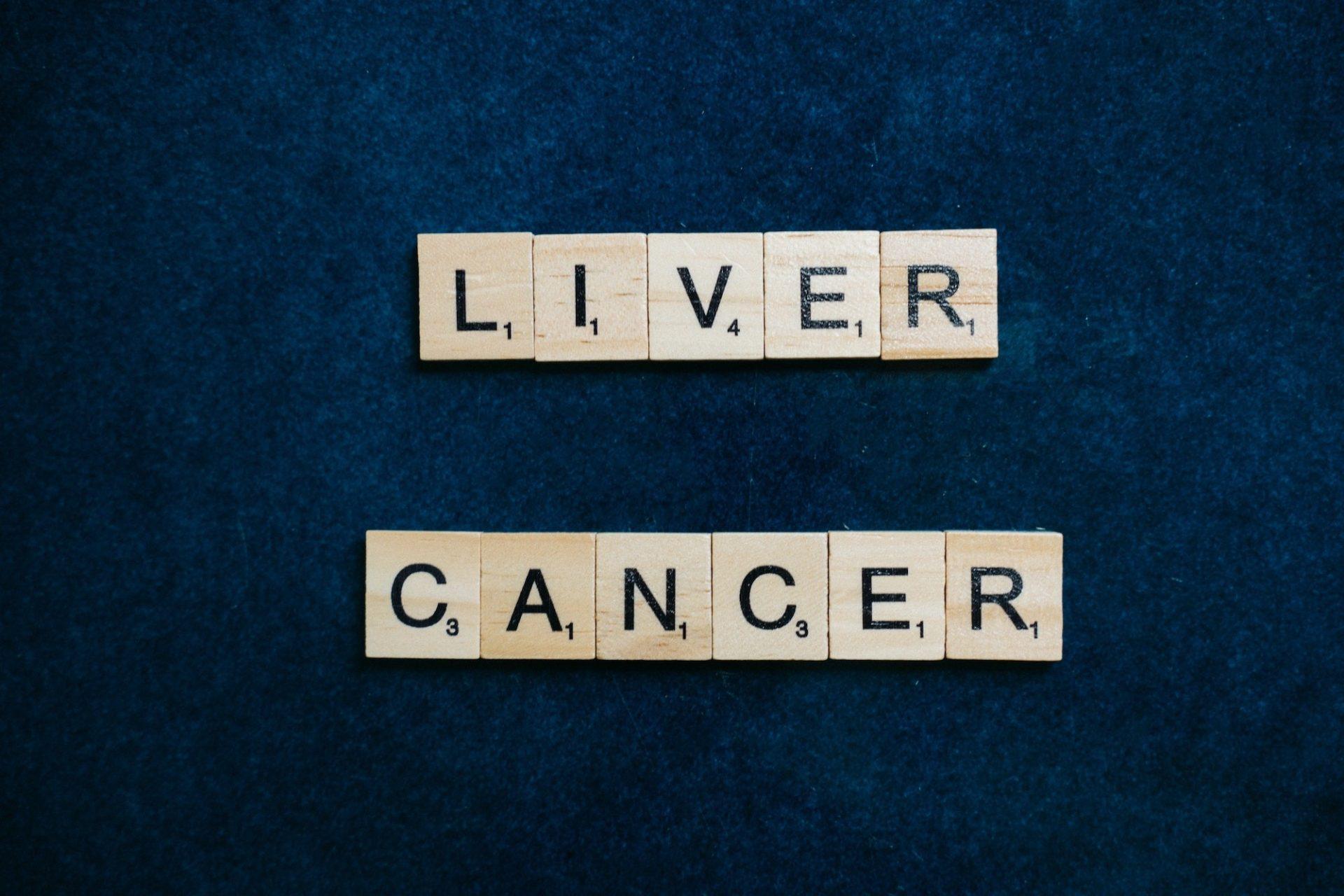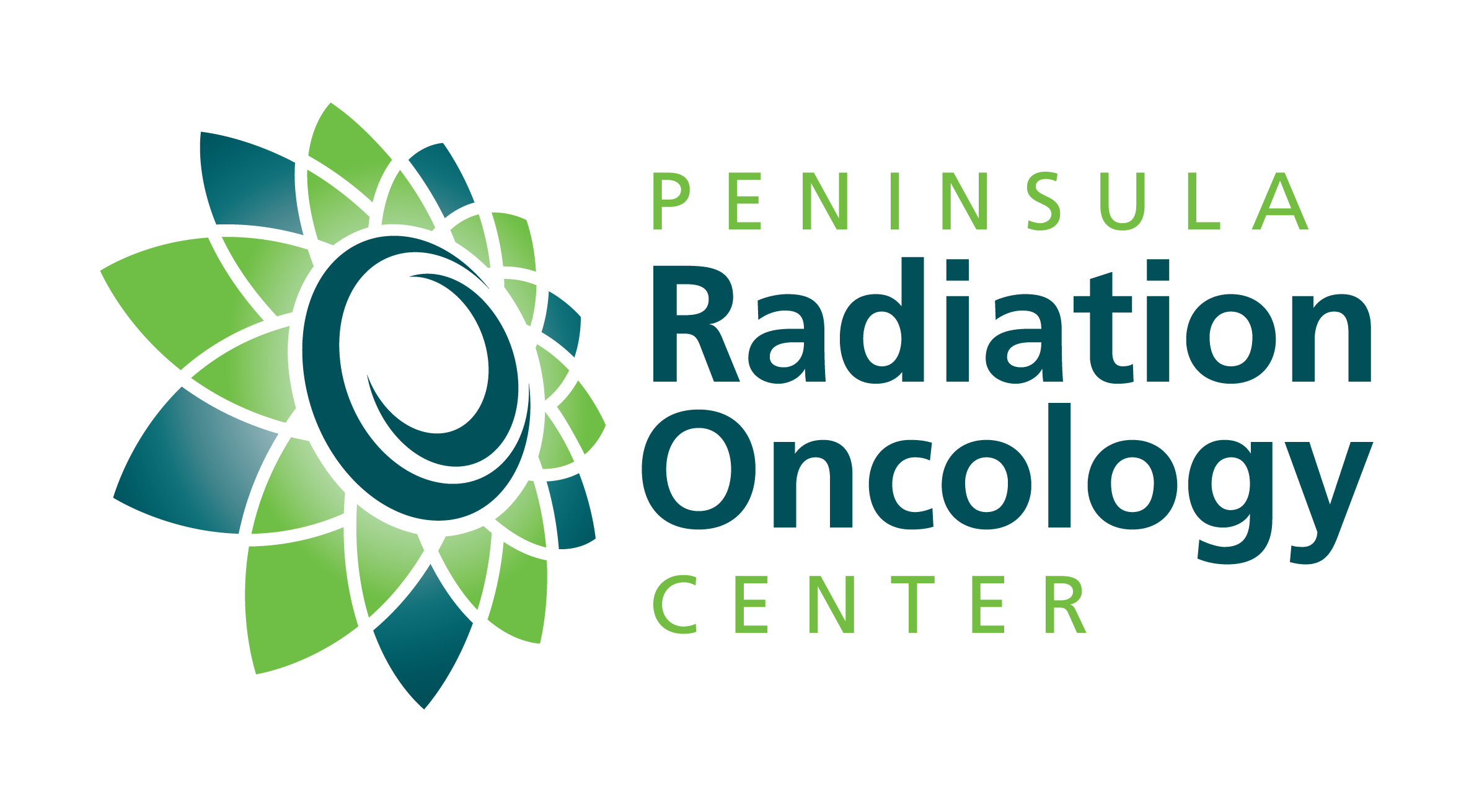
28 Oct Understanding liver cancer diagnosis and testing
October is liver cancer awareness month. We want to take this time to make sure you are fully informed about symptoms and warning signs to look out for! Liver cancer is treatable and sometimes even curable when it’s caught early. That’s why it’s important to be aware of the risk and recognize any symptoms that could be associated with the disease.
Risk Factors for Most Common Forms of Liver Cancer
Several factors raise a person’s risk for liver cancer:
- Cirrhosis: This condition causes scar tissue to form in the liver, which significantly increases the chances of developing liver cancer, including hepatocellular carcinoma (HCC) and cholangiocarcinoma.
- Chronic hepatitis B and hepatitis C infections: These infections increase the risk of liver cancer (hepatocellular carcinoma and cholangiocarcinoma) because they often lead to cirrhosis of the liver, although hepatitis B can lead to liver cancer without cirrhosis. They are the most common causes of hepatocellular carcinoma.
- Excessive alcohol use: Consuming more than a moderate amount of alcohol daily over many years can lead to irreversible liver damage and increase the risk of liver cancer.
- Nonalcoholic fatty liver disease (NAFLD), obesity, and diabetes: These conditions are all related to fat accumulating in the liver, increasing the risk of liver cancer. NAFLD is now the most common liver disease in the United States, with nearly one-third of Americans having a component of NAFLD.
- Certain inherited liver diseases: Genetic hemochromatosis, tyrosinemia, alpha-1 antitrypsin deficiency, porphyria cutanea tarda, glycogen storage disease, and Wilson’s disease are rare diseases that can damage the liver and increase a person’s liver cancer risk.
- Primary sclerosing cholangitis (PSC): PSC, a chronic disease causing narrowing of the bile ducts, is one of the major causes of cholangiocarcinoma and gallbladder cancer in the United States. Because liver cancer is a major cause of death in patients with PSC, screening for cholangiocarcinoma using MRI and blood tests is encouraged by some experts.
- Choledochal cyst: A congenital abnormality of the bile duct that is often asymptomatic, a choledochal cyst increases the risk of cholangiocarcinoma.
Liver Cancer Symptoms
Like many cancers, primary liver cancer seldom produces symptoms in its early stages. That’s why it’s often diagnosed once it has already advanced. If symptoms do occur, they might include:
- Fatigue
- Bloating
- Pain on the right side in the upper abdomen
- Nausea
- Loss of appetite
- Feeling full
- Unexplained weight loss
- Weakness
- Fever
- Jaundice
- White, chalky stool
Peninsula Radiation Oncology Center and Southeast Radiation Oncology center want you to know that we are always here for you!
